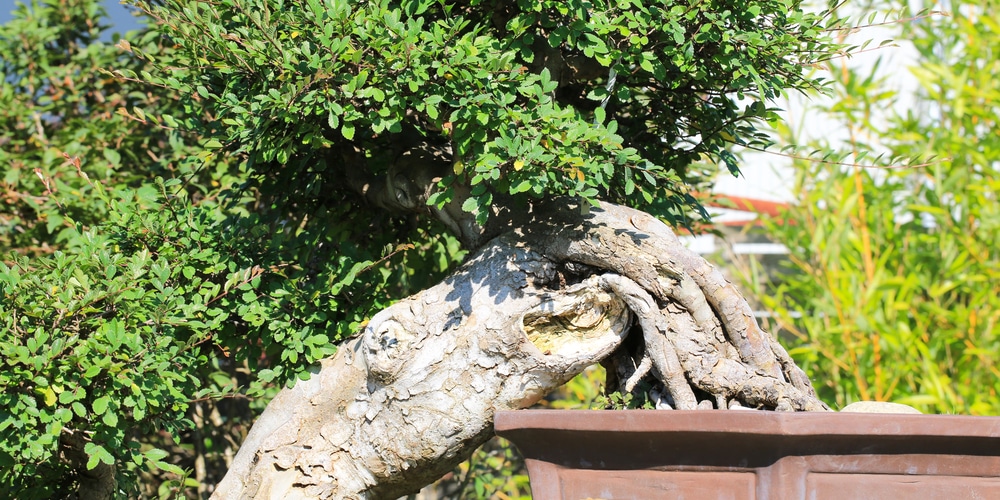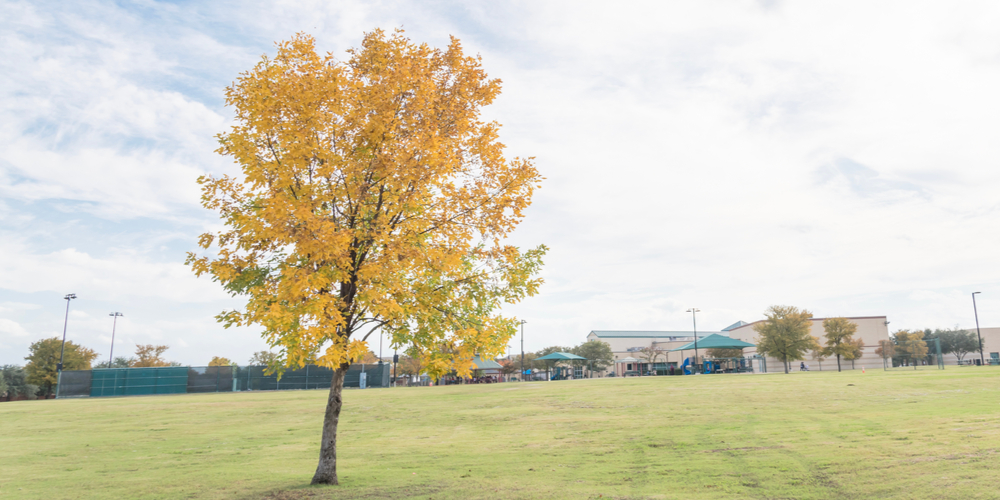Getting a tree for your backyard has many advantages. For one, it shades us during the hot summer weather, while acting as a barrier from the harsh winds during winter. Trees also help clean the air we breathe and provide a home for many birds and animals.
Elm trees are a popular choice for landscaping because they are low-maintenance and have a beautiful, stately appearance. For some homeowners, one of the most deciding factors when getting a tree is whether it is evergreen or deciduous.
But one question remains – are elm trees evergreen?
What Are Evergreen Trees?
As its name suggests, evergreens keep their leaves no matter the season. This is because they have a higher level of chlorophyll, which allows them to photosynthesize all year round. In contrast, deciduous trees lose their leaves in the fall as a way to conserve energy during winter when there is less sunlight.
While both types of trees have their pros and cons, evergreens are often chosen for landscaping because they provide year-round interest and can be used as privacy hedges or windbreaks. In addition, evergreens can provide shelter for birds and other wildlife during winter.
Are Elm Trees Deciduous or Evergreen?
There has been an ongoing debate about whether elm trees are evergreen or deciduous. This is because elm trees can lose their leaves in the winter, but they usually keep at least some of their foliage year-round.
Technically, it’s a bit of both. Elm trees are semi-deciduous, which means they are neither fully evergreen nor fully deciduous. The main reason why elm trees lose their leaves is because of the cold weather.
The good thing about elm trees, however, is that despite losing their leaves after a cold snap, these trees quickly rebound and sprout new leaves after just a few weeks.
While some homeowners may prefer evergreen trees for their landscaping, elm trees still make a good choice because of their hardiness and ability to quickly recover from the cold weather.
When Do Elm Trees Lose Their Leaves?
Most elm trees lose their leaves in the fall when cooler temperatures and shorter days trigger the trees to begin their annual process of dormancy. Additionally, the timing of when elm trees lose their leaves can also be affected by drought, disease, or insect infestations.
However, there are some instances where elm trees will shed their leaves earlier than usual. For example, if the weather suddenly turns cold or if the tree is stressed from being transplanted, it may drop its leaves prematurely.
Despite being generally categorized as a semi-deciduous tree, there are some varieties that could fall under the evergreen category. These elm varieties are often found in warmer climates, such as the Southern United States. These places lack winter frost, which means there is no need for the trees to enter a period of dormancy.
Evergreen elms are usually smaller than their deciduous counterparts and have smaller, leathery leaves. The most common variety of evergreen elm is the Chinese elm, which is often used as an ornamental tree due to its compact size and attractive foliage.
Though they are not as widespread as deciduous elms, evergreen elms play an essential role in the ecosystem of many warm climates. By keeping their leaves year-round, evergreen elms provide a consistent food source for wildlife and shelter from the hot sun and predators.
Most Common Elm Trees
American Elm (Ulmus Americana)
The American elm is popular in North American landscapes. Its tall, vase-shaped growth is known as the tree that symbolizes the state of Massachusetts and North Dakota.
Cedar Elm (Ulmus Crassifolia)
It gets its name from its resemblance to the cedar tree, and its leaves are characteristically dark green and glossy. The cedar elm can grow quite large, reaching a height of up to 50 feet. It is a popular landscape choice because it is relatively resistant to pests and diseases. The cedar elm is also tolerant of drought and poor soil conditions.
Cherry-Bark Elm (Ulmus Villosa)
A native to East Asia is a unique kind of elm because of its smooth bark and low-lying branches. It’s a deciduous tree, meaning it will shed its leaves yearly.
Chinese Elm (Ulmus Parvifolia)
A medium-sized tree, reaching a height of 30-40 feet. It has a graceful weeping habit and distinctive small leaves that are dark green with double-serrated edges.
David Elm (Ulmus Davidiana)
This is the smallest species of an elm tree. It typically only reaches a height of 20-30 feet. The David elm is native to China and Japan and is prized for its ornamental value.
English Elm (Ulmus Procera)
It is a large tree that can reach 100 feet or more heights. It is native to Europe, Asia, and North Africa. The English elm gets its name because it was once a prevalent tree in England.
Field Elm (Ulmus Minor)
The field elm is a small to medium-sized tree that typically reaches a height of 30-40 feet. It is native to Europe and Asia and is often used as a street tree or in parks and other public spaces.
Lacebark Elm (Ulmus Parvifolia)
The Ulmus parvifolia can grow up to 50 feet tall and has a spread of about 35 feet. The leaves of this tree are ovate and have a serrated margin. They are dark green and turn yellow in the fall.
Final Thoughts
The Elms are semi-deciduous trees for most varieties, with a few evergreen types that are native to warmer climates. Regardless, their magnificent growth, beautiful leaves, and stately stature make them a popular choice for landscaping all around the world.
Related Article: Fast Growing Trees North Texas


